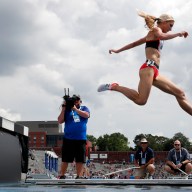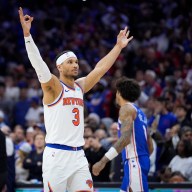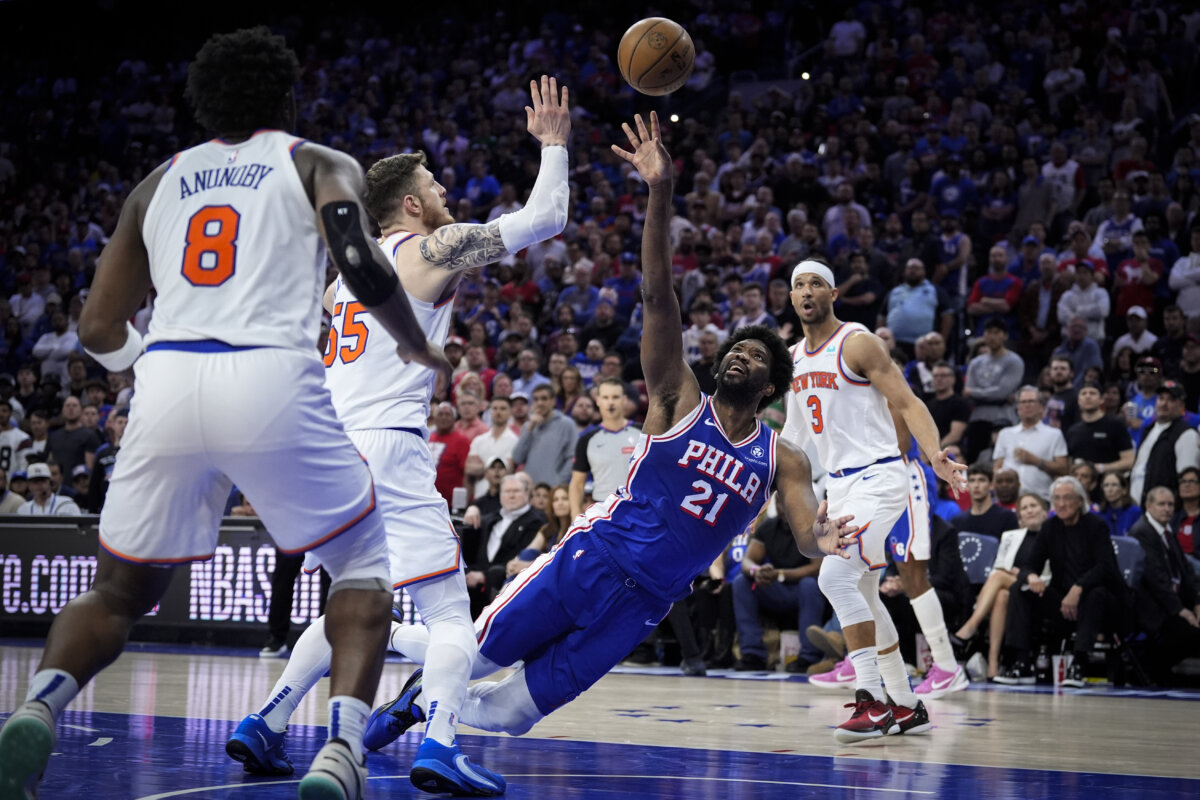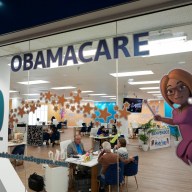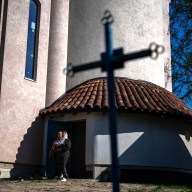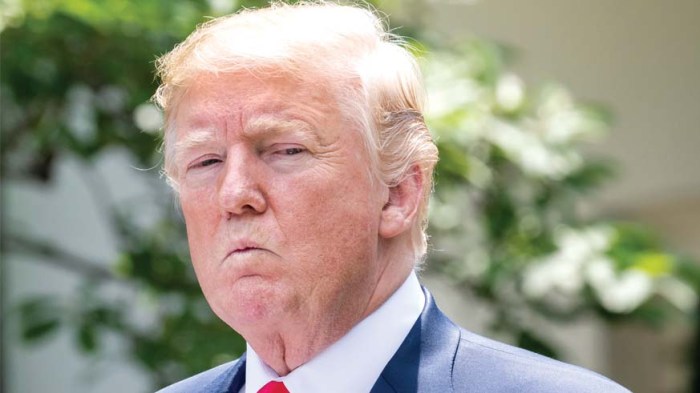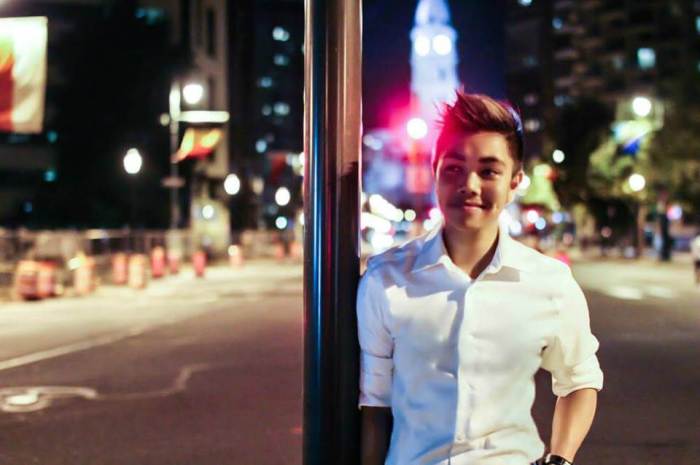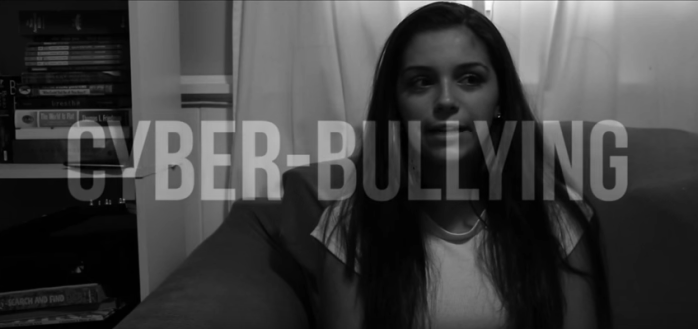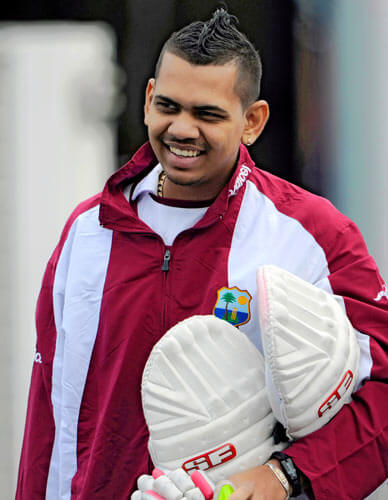With the recent Supreme Court decision overturning the country’s remaining same sex marriage bans, LGBT couples are inching ever closer to the same rights that heterosexual couples enjoy. While workplace discrimination and other obstacles remain at the forefront for LGBT groups, an increased LGBT presence has been on the fast track in what might be the unlikeliest of places: children’s television. Cartoon Network and Nickelodeon, two of the most popular television networks for children’s programs since 1992 and 1979, respectively, have taken a progressive route over the last couple of years and increased LGBT visibility in their programming. Newer shows such as “Steven Universe” and “The Legend of Korra” have had characters in same-sex relationships, increased bisexual and lesbian visibility, and even featured a genderqueer character. Disney Channel also received considerable attention last January for featuring two lesbian mothers in an episode of “Good Luck Charlie.” It was a move both well and not so well received. We’ve rounded up four of the most popular cartoons currently at the forefront of LGBT visibility.
“Steven Universe” (2013-present, Cartoon Network)
Topics addressed: Same-sex couples; same-sex attraction; a genderqueer character; bisexual visibility
This cartoon about a half-human, half-Gem (alien warrior) boy named Steven, who is raised primarily by three female presenting Gems, has had a significant amount of LGBT representation since its 2013 premiere. Created by Rebecca Sugar, who also worked on the LGBT-friendly “Adventure Time,” an episode called “Jail Break” features two female presenting Gems, normally fused together to maintain the character Garnet, hugging and kissing each other in happiness before fusing back together. Any debates about the relationship possibly being platonic were resolved when Joe Johnston, a storyboard artist for “Steven,” confirmed the relationship was a romantic one on his Tumblr page. Another episode, “Alone Together,” features Steven and friend Connie accidentally fusing into Stevonnie, a character that opts for they/them pronouns, rather than he/she pronouns. Stevonnie is also shown to attract male and female characters throughout the episode. In what could easily be the strongest example of LGBT representation, female Gem Pearl has been widely rumored to have romantic feelings for fellow female Gem Rose Quartz in the show’s older fan base, fueled by choice actions on Pearl’s part and moments between the two. Show writer Matt Burnett responded to naysayers in a tweet that it was “abundantly clear” what Pearl’s feelings for Rose Quartz were. “The Legend of Korra” (2012-2014, Nickelodeon)
Topics addressed: Same-sex couples; bisexual visibility
This Nickelodeon show about a teenage girl able to control various elements ended nearly a year ago, but its finale continues to receive widespread attention. The show ended with a confirmation of a romantic relationship between the titular Korra and her female friend Asami. Episodes that had aired later in the show’s run seemed to hint at a relationship, with the duo displaying various moments of love and care, but it was only after the two are seen holding hands in the show’s finale that co-creator Bryan Konietzko confirmed that their relationship was a romantic one on his Tumblr page. Both Korra and Asami are also shown to be bisexual, as both had relationships with men during the show. “Clarence” (2014-present, Cartoon Network)
Topics addressed: Same-sex couples
As one of Cartoon Network’s newest shows, “Clarence” has been liberal with LGBT representation. Not only does one of the show’s main characters, Jeff Randell, have two mothers, who have been featured a handful of times, but the series at one point almost featured what would have been Cartoon Network’s first gay kiss. The episode “Neighborhood Grill,” which briefly shows two men meeting for a blind date, was supposed to show the two kissing on the mouth in greeting, as tweeted by one of the show’s writers, Stephen Rothbell. The scene was later altered to have the two kiss on the cheek. “Adventure Time” (2010-present, Cartoon Network)
Topics: Same-sex couples; bisexual visibility
In this cartoon about a boy’s adventures in a post-apocalyptic world with his adoptive canine brother, it is the past love lives of his friends Princess Bubblegum and Marceline the Vampire Queen that have received noteworthy attention in the show’s fandom. The episode “What Was Missing” has Bubblegum revealing that she sleeps in one of Marceline’s old t-shirts and Marceline flirting briefly with the princess during a song. While their on-screen chemistry has been of the cute and subtle variety, as “Adventure Time” also airs in countries where homosexuality is banned, it was revealed that Bubblegum and Marceline used to date during a 2014 book signing with Olivia Olsen, who voices Marceline. Olsen explained during the book signing that she asked show creator Pendleton Ward about the duo’s relationship, and he confirmed that the two had once been a couple. This reveal also shows Marceline to be bisexual, as she dates a man at another point in the show. Follow Asia Ewart on Twitter: @asiaewart
Four cartoons that are leading the way in LGBT visibility
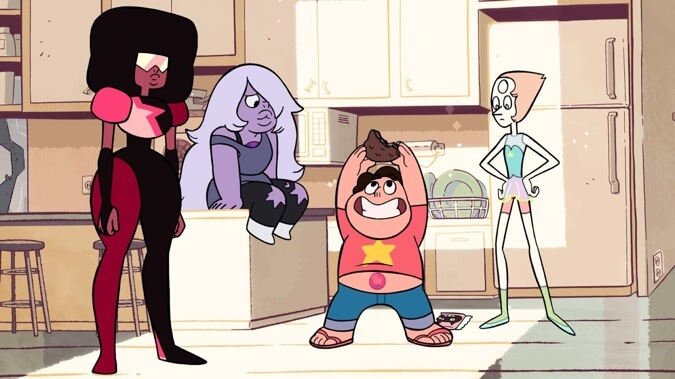
Cartoon Network

